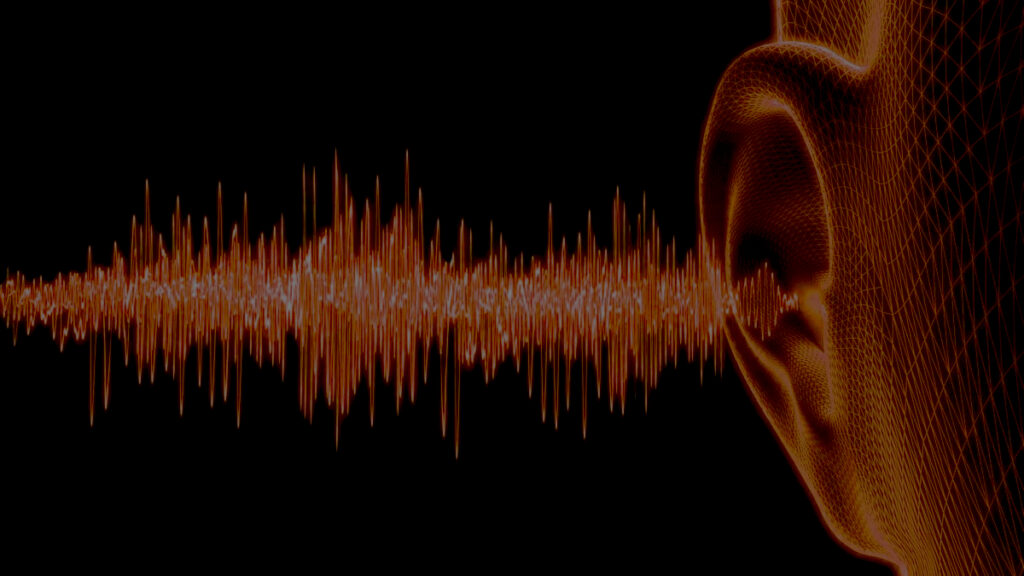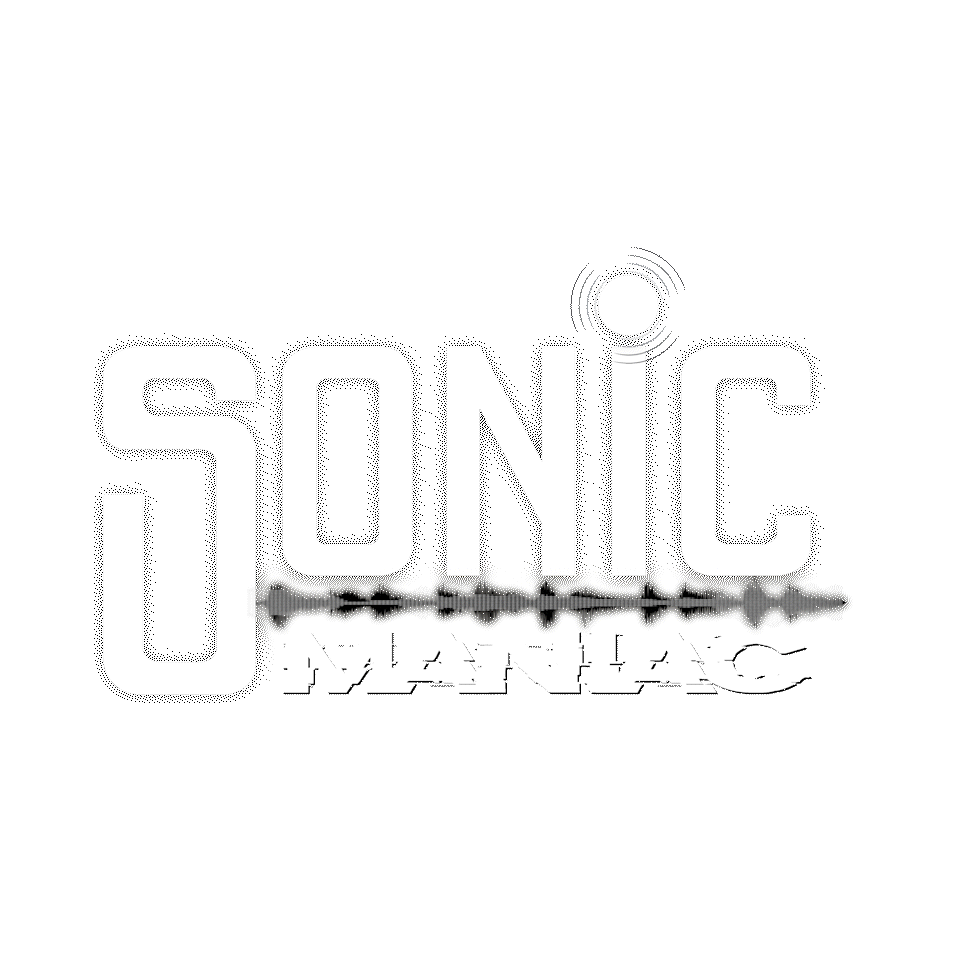The Effectiveness of Audio Logos in Building Brand Awareness
In today’s fast-paced world, brands are constantly seeking innovative ways to capture attention and leave a lasting impression on their audience. While visual branding elements like logos, colors, and typography have long been the cornerstone of brand identity, audio branding—and specifically audio logos—is emerging as a powerful tool for building brand awareness. But what makes audio logos so effective, and how can businesses leverage them to amplify their presence?
What does your brand sound like?

What Is an Audio Logo?
An audio logo, also known as a sonic logo, is a short, distinctive sound or musical phrase that represents a brand. Think McDonald’s “I’m Lovin’ It” jingle, Netflix iconic “ta-dum”, or Intel’s s five-note chime that has become synonymous with technology and innovation These auditory cues are designed to be immediately recognizable, evoking a brand’s identity and emotional connection within seconds.
Why Audio Logos Work
Emotional Resonance: Sound has a unique ability to evoke emotions and create strong, memorable associations. A well-crafted audio logo can trigger feelings of trust, excitement, or nostalgia, making it easier for audiences to connect with a brand.
Faster Recognition: Studies show that humans process sound faster than visuals. In an increasingly noisy media landscape, an audio logo can cut through the clutter and make an instant impact.
Multi-Platform Adaptability: From TV commercials and radio ads to podcasts, streaming services, and even smart devices, audio logos are versatile. They maintain their effectiveness across various platforms, ensuring consistent brand recall wherever the audience encounters them.
Neurological Stickiness: Catchy and repetitive audio elements are more likely to stick in the listener’s mind. This phenomenon, known as “earworms,” ensures that the brand’s identity stays with the consumer long after the initial exposure.
Keep It Short:
The best audio logos are concise, typically lasting no more than 3-5 seconds. Brevity ensures that the sound is easily memorable and non-intrusive.
Align With Brand Values: The tone, tempo, and instrumentation of your audio logo should reflect your brand’s personality. For instance, a tech company might use futuristic electronic sounds, while a luxury brand might lean on rich orchestral elements.
Prioritize Uniqueness: Your audio logo should stand out from competitors and be easily distinguishable. Avoid generic sounds or overused audio tropes.
Test for Recall:
Before finalizing an audio logo, test it with focus groups or target audiences to ensure it’s memorable and evokes the desired associations.
The Future of Audio Branding
As voice-activated devices like Amazon Alexa and Google Assistant continue to gain popularity, the importance of audio branding will only grow. Brands that invest in creating compelling audio logos now will be better positioned to engage audiences in this sound-first future.
Conclusion
Audio logos are more than just jingles or sound bites; they are powerful tools for shaping perceptions, creating emotional connections, and driving brand recognition. By incorporating an effective audio logo into your marketing strategy, your brand can resonate with audiences in a way that visuals alone cannot achieve. As the digital landscape becomes increasingly saturated, the brands that harness the power of sound will rise above the noise and make a lasting impression.
More Resources
What Is Audio Branding? – ISA – International Sound Awards
The Rise of Audio Branding – Gary Vaynerchuk
Why audio branding is key to brand identity – Marketing Week
5 Benefits Of Audio Branding | Branding Strategy Insider
Audio Branding: Does Your Business Need It? – Neuromarketing
